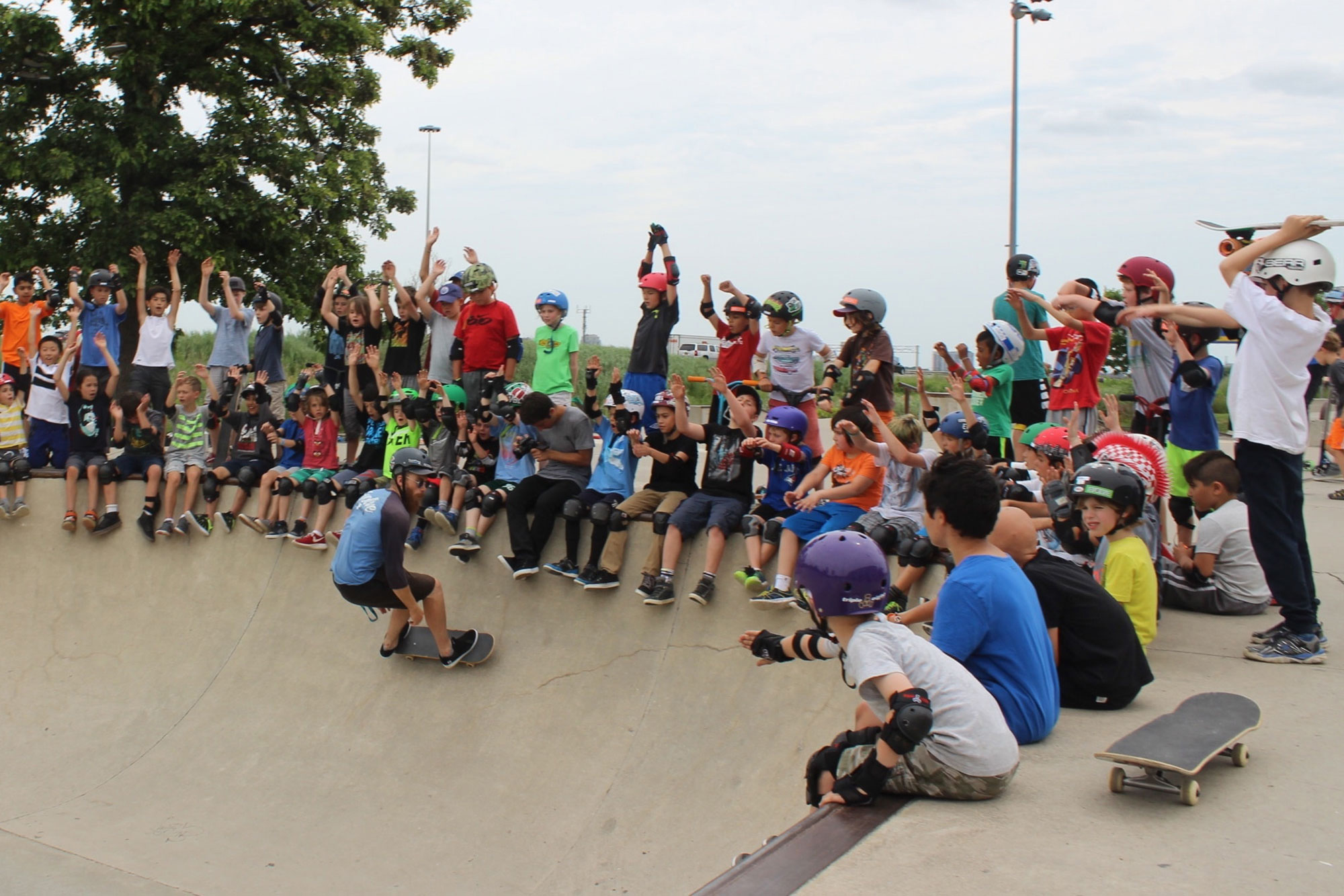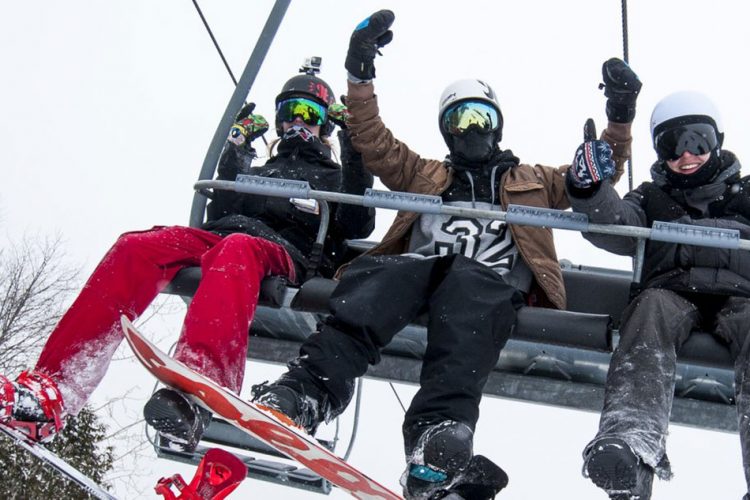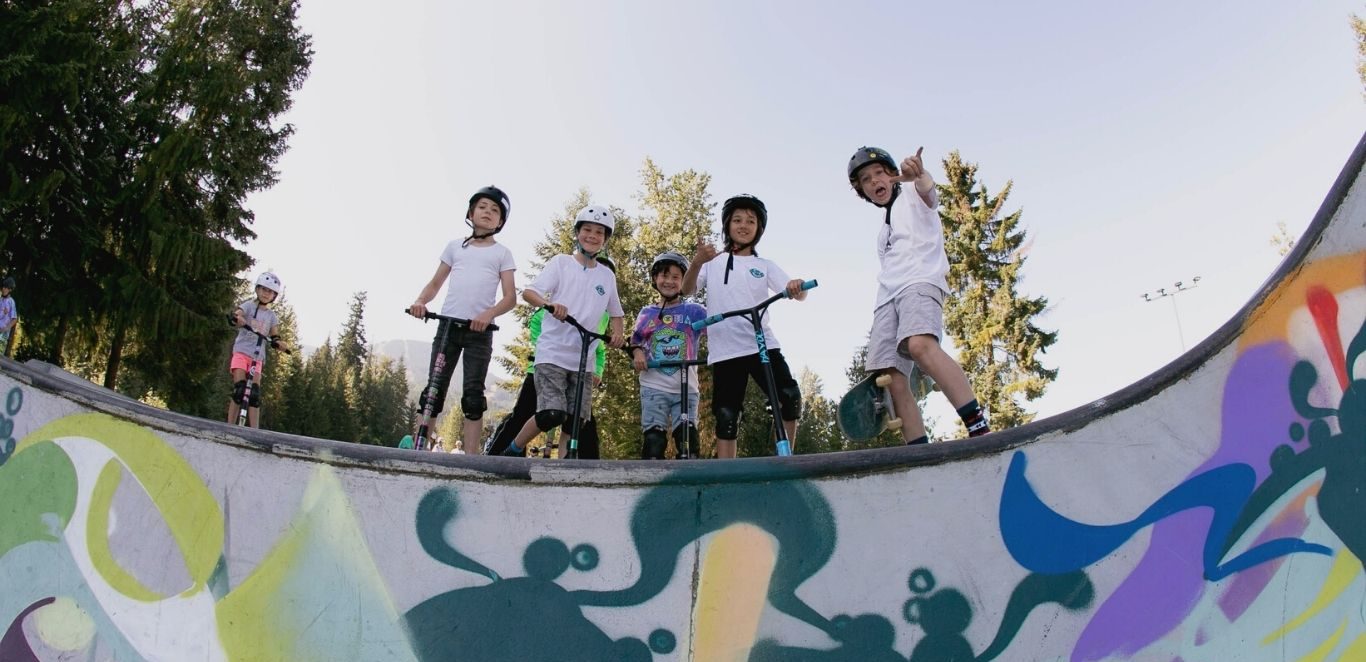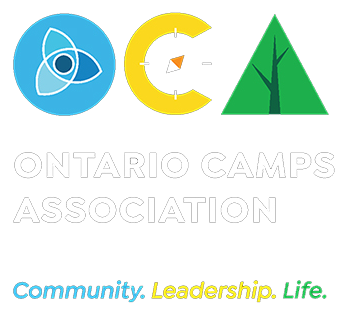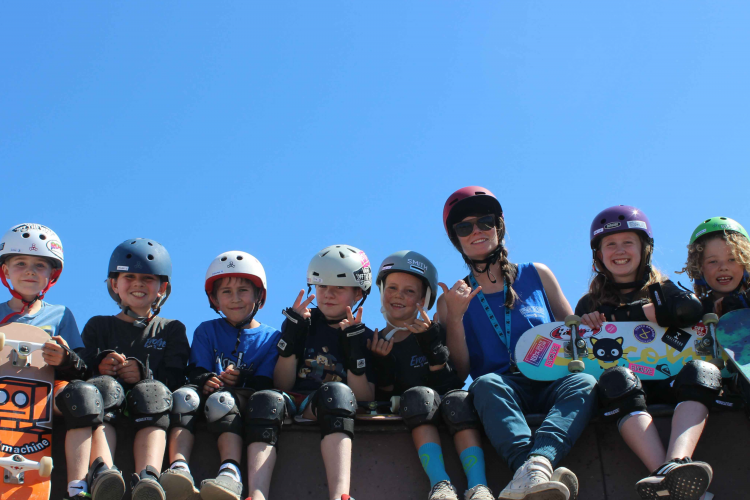As we all know there is something undeniably awesome about skateboarding. But this vision can change very quickly. At Evolve Skate Camp we pride ourselves on our safety program. Taking the proper measures to ensure that you are riding safely only takes a few minutes and can make the biggest difference. Check out this great article on skateboard safety.
| Skateboarding Safety Skateboarding is an increasingly popular recreational activity among teenagers-especially young males. Practice skateboarding safely and use protective equipment. It is a fun and healthy sport that can give you a low-impact aerobic workout. Incidence of Injury To improve skateboarding safety, a growing number of communities provide supervised skateboard parks. These may have professionally designed “bowls” and “ramps” or other designated skateboarding areas that are located away from motor vehicle and pedestrian traffic. Skateboarding is an activity in which you move quickly over hard surfaces. It can lead to injuries that range from minor cuts and bruises to catastrophic brain injury. Each year in the United States, skateboarding injuries cause about 50,000 visits to emergency departments and 1500 children and adolescents to be hospitalized. (Source: AAP, March 2002. ) Most hospitalizations involve head injury. Even injuries that heal quickly can cause pain and anxiety, cost time, and money and may lead to disabilities. This can include loss of vision, hearing and speech; inability to walk, bathe, toilet, dress or feed yourself; and changes in thinking and behavior. Skateboarding is not recommended for young children. That’s because they are still growing and do not yet have the physical skills and thinking ability a person needs to control a skateboard and ride it safely. According to the American Academy of Pediatrics (AAP): * Children under age 4 years old should never ride a skateboard. When young children are involved in skateboarding accidents, they are often injured severely. Skateboarding is a special risk for young children because they have: * A higher center of gravity, less development and poor balance. These factors make children more likely to fall and hurt their heads. Serious skateboarding injuries happen when you lose control and fall or run into a motor vehicle, road hazard, pedestrian, another skateboarder or bicyclist. You are at risk for injuries: * If you don’t use protective equipment. Sixty percent of skateboard injuries involve children under age 15; most of those injured are boys. At highest risk are: * Inexperienced skateboarders. Those who have been skating for less than one week suffer one-third of injuries, usually caused by falls.
Skateboarding injuries often involve the wrist, ankle or face. Many injuries happen when you lose your balance, fall off the skateboard and land on an outstretched arm. * Injuries to the arms, legs, neck and trunk range from bruises and abrasions to sprains and strains, fractures and dislocations. Wrist fractures are quite common. Wearing wrist guards can reduce their frequency and severity.
You can prevent most skateboarding injuries if you follow all of these recommendations:
Skateboards have three parts-the deck (the board itself), the trucks (the mechanism to which wheels are attached) and the wheels. Shorter decks are best for beginners because they are easier to balance and handle. Skateboards have various characteristics for all types of riding including slalom, freestyle and speed. Some are rated for the user’s weight. You should inspect it before every ride. Look for problems that need repair. These can include loose, broken or cracked parts; sharp or jagged edges; a slippery top surface; wheels with nicks and cracks, etc. Get professional help to repair serious defects. Also learn slowing and turning techniques, and how to fall safely: If you are losing your balance, crouch down on the skateboard so you won’t have as far to fall. Try to land on the fleshy parts of your body rather than your arms. Relax and roll.
Before getting on your skateboard, empty your pockets of all hard and sharp objects and put on your protective gear. Essential protective equipment includes: * A properly fitting helmet Helmet To protect your head from injury, always wear a properly fitting helmet. This is true no matter what your age, level of experience or location where you are skateboarding. Get a quality bicycle or multi-sport helmet. It should meet or exceed safety standards of the U.S Consumer Product Safety Commission (CPSC) or Snell Memorial Foundation. You may need to try on several sizes and models to find a helmet that fits your head correctly and securely. A properly fitting helmet: * Is worn flat on your head with the bottom edge parallel to the ground Replace your helmet when it is damaged, outgrown or at least every five years. You may need to replace it sooner if the manufacturer recommends it. Note: Effective January 1, 2003, California has expanded its bicycle helmet law to require that children under age 18 wear helmets each time they use a skateboard, inline skates, roller skates or scooter, making the state’s child helmet law the strictest in the nation. Violators face fines of $25, most of which benefits local health departments promoting helmet safety education and subsidizing helmet purchases for low-income families. Wrist guards help support the wrist and reduce the chances of breaking a bone if you fall. Knee and elbow pads reduce the severity of cuts and scrapes, and prevent gravel burns. You should also wear closed, slip-resistant shoes, and consider goggles to keep debris out of your eyes. * Never hold onto the side or rear of a moving vehicle while riding a skateboard (“skitching”). You could fall or be thrown into oncoming traffic if the vehicle suddenly slows, stops or turns. Be careful with tricks and jumps. Skateboarding skill is not acquired quickly or easily. Don’t take chances by skateboarding faster than your experience allows, or faster than is safe for conditions or the speed of other skateboarders. If you try tricks and jumps, practice them only in a controlled environment, such as a skate park that has adult supervision and appropriate access to emergency medical care. Prevent skateboarding injuries by keeping in top physical condition. Stretch and do conditioning exercises before and after skateboarding.
Skateboarding accidents happen, so you should always know what to do in emergency situations. Don’t panic. Call 911 for medical assistance or an ambulance.
|
